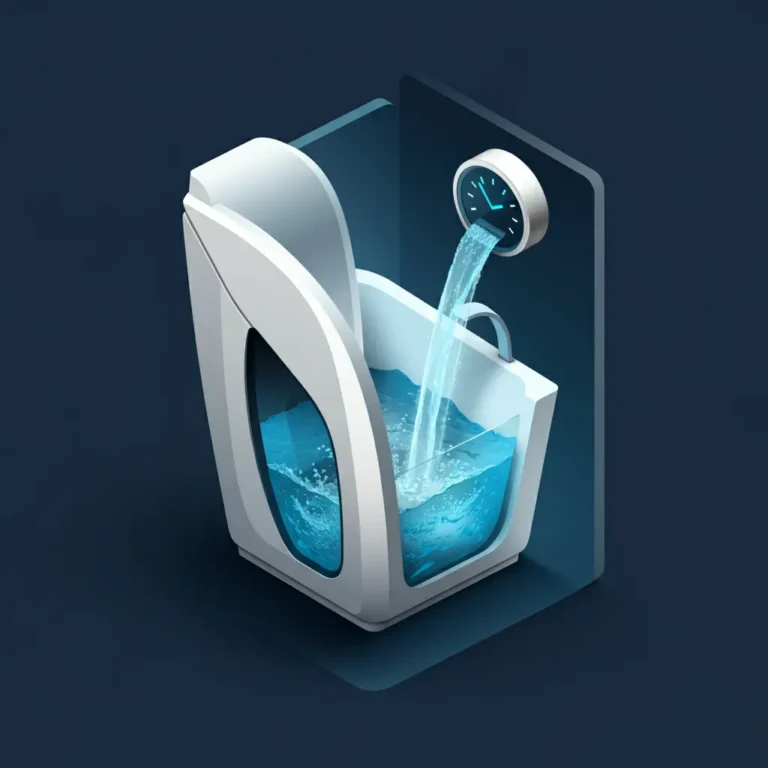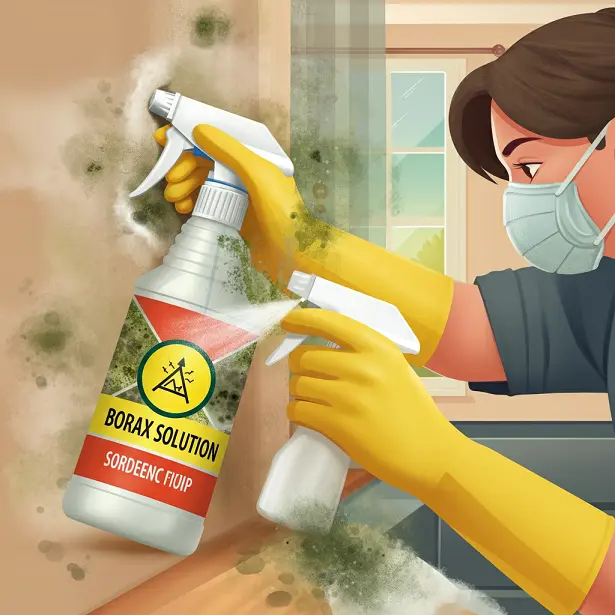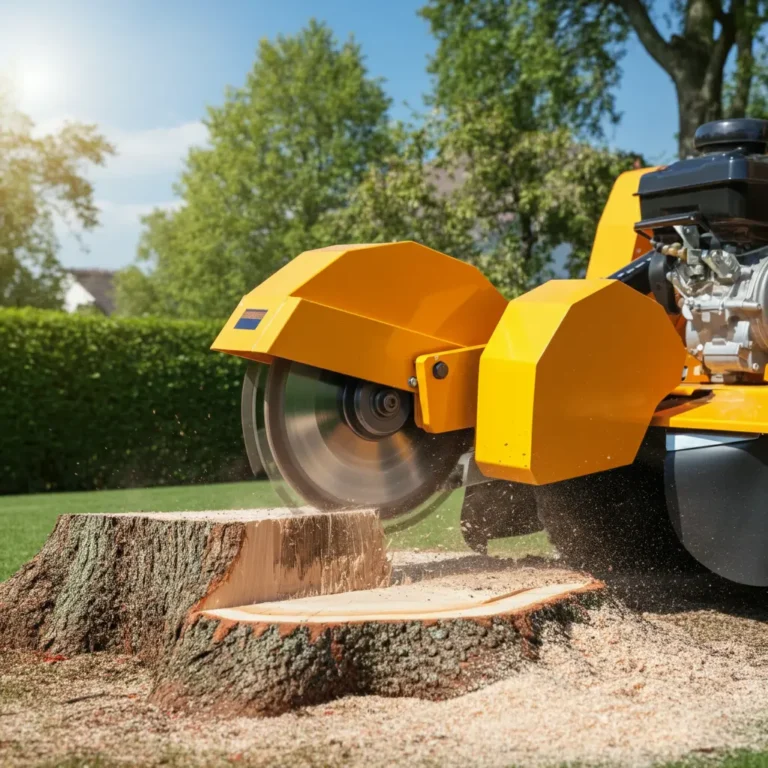How Long Does It Take To Drill A Well
Drilling a well is more than just creating a hole in the ground to access water; it’s a carefully planned process that depends on a variety of factors. Whether you’re building out in the countryside or a suburban area, having your well can ensure a steady water supply for years to come. But how long does it actually take to drill a well? And what steps should you anticipate when starting this project? Let’s break it all down.
Table of Contents
What Factors Affect How Long It Takes to Drill a Well?
The time it takes to drill a well depends on factors like soil or rock type, well depth, and weather conditions. As an example, softer soils, such as sand, allow for faster drilling compared as opposed to rocky or clay-heavy grounded areas. Moreover, finding a relevant site along with an appropriate water source will make the process longer.
The well driller’s machinery and expertise also play a big role. Modern equipment can significantly speed up the process, while outdated systems or inexperienced operators can delay completion.
How Long Does It Take to Drill a Water Well?
Drilling a water well usually takes 1 to 3 days, covering setup, drilling, casing installation, and making the well functional.
However, this estimate can fluctuate depending on the underground conditions. If your site has layers of bedrock or requires deeper digging to reach the aquifer, additional time may be required.
Understanding Depths: How Long Does It Take to Drill a 200-Foot Well?
For a shallow well that’s around 200 feet deep, the process can typically be completed in one to two days. These wells are common in areas where the water table is accessible at shallower depths, like specific rural or coastal regions.
The speed of drilling depends largely on the drilling equipment and how consistent the ground material is. For instance, drilling through sand or gravel might be simpler and quicker than tunnelling through solid rock.
When Deeper Is Better: Drilling a 500-Foot Well
Drilling a 500-foot well is a much larger undertaking. Wells of this depth are often necessary in areas where water flows much deeper due to geography or drought conditions. Depending on factors such as soil type and equipment, this process can take anywhere from three to five days.
Deeper wells often require more robust casing materials to ensure structural integrity. They might also involve additional steps, such as testing water flow or installing a pump system capable of transporting water from such depths.
Steps to Drill a New Well
Establishing a new well is not merely about drilling; it is a bit more complex by incorporating preparation, drilling and installation. The following shows how it is done:
Selecting the Site: A trained expert will evaluate the property for evaluating the best site considering the availability of groundwater.
Permits and Approvals: Local authorities may require you to apply for permits for you to be able to start drillining.
Well, Drilling: The well is drilled to the required depth using drills that are specialized for the process.
Casing and Sealing: A casing is inserted to prevent contaminants from entering the well, and sealing ensures the surrounding area stays protected.
Pump Installation: A pump is installed to bring the water to the surface.
Once these steps are completed, your well is ready for testing and use.
Timeframes and Challenges in Well Drilling
Challenges like weather, unexpected underground materials, or equipment failures can extend the timeline. For instance, rain or snow can make the ground unstable, causing delays in drilling.
Hard bedrock or unusual geological conditions might also slow down drilling. With so many variables, a simple shallow well might take only a day, while a complex, deep well could stretch over a week.
How Much Does It Cost to Drill a Well?
Understanding the financial side of well drilling is as important as grasping the timeline. The well drilling cost depends on factors like depth, soil conditions, and the materials needed.
Here’s a general breakdown:
- Shallow Well (Up to 200 Feet): $3,000–$5,000
- Deep Well (200–500 Feet): $10,000–$15,000 or more
Additional costs may include permits, water testing, and pump installation, which can add a few thousand dollars to your overall budget.
New vs. Existing Wells: What to Expect
If you’re drilling a new well, you’ll go through the full process of site selection, permitting, and installation. But if you’re upgrading or deepening an existing well, the process might take less time and cost. Still, unforeseen challenges like structural damage in the old well could affect the timeline and expenses.
Permits and Preparations for Well Drilling
Drilling a well requires permits and adherence to local regulations, best managed by researching or hiring a knowledgeable professional.
Preparation steps include soil testing to identify the best spot for drilling, as well as marking utility lines to avoid disruption to existing infrastructure.
When Can You Start Using the Water?
After drilling is complete, water testing is crucial. This ensures that your water is safe to drink and use. The testing process can take anywhere from a few days to a week, depending on your location.
From start to finish, most homeowners can expect to use their well water within two to three weeks of breaking ground.
Frequently Asked Questions
How long does it take to drill a well on average?
Most wells are drilled within one to three days, but deeper or more complex projects can take longer.
Is drilling a 500-foot well worth the investment?
If your area has a deep water table, a 500-foot well ensures a steady supply of clean water, which can pay off over time.
How much to drill a well in rocky terrain?
Drilling through rock can increase costs. A typical well in rocky soil may range from $10,000 to $25,000, depending on depth and complexity.
What kind of maintenance does a well require?
Regular testing, checking the pump and pressure system, and ensuring proper sealing are all essential for well upkeep.
Can I drill my well?
While it’s possible to drill a shallow well with basic equipment, professionals are recommended for deeper or more complex wells to ensure safety and quality.
Understanding the factors, steps, and costs of well drilling helps ensure a smooth process, whether for a 200-foot or 500-foot well.







